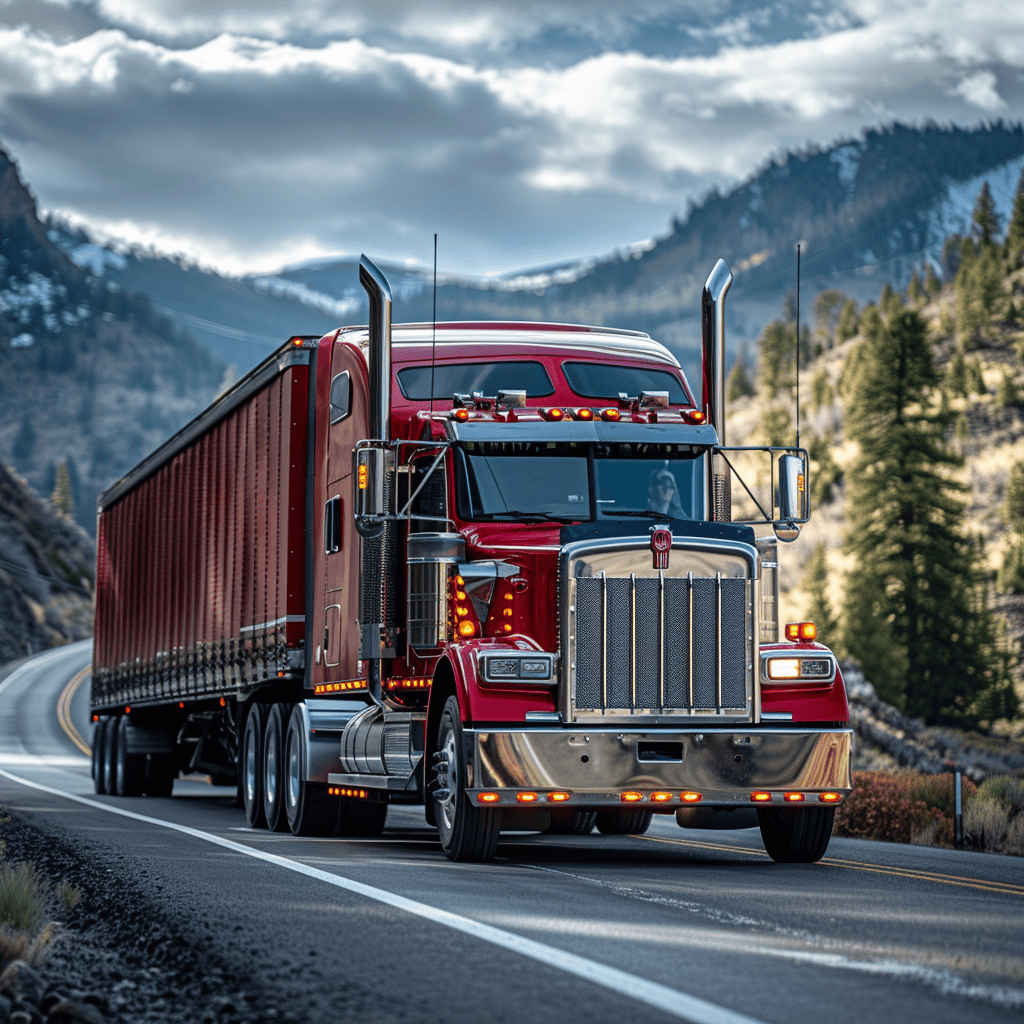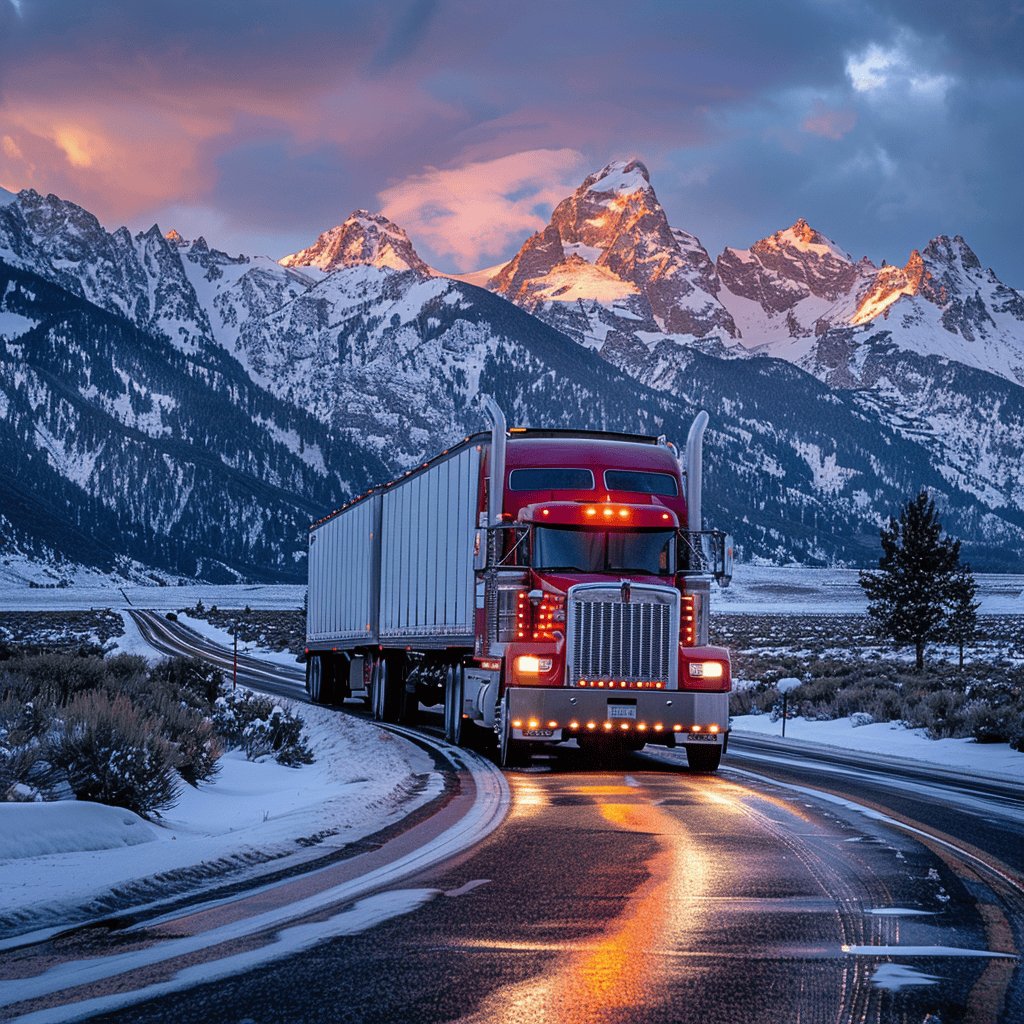New Jersey Truck Route Maps
Freedom Heavy Haul can offer expedited Pickup and Delivery for any size shipment anywhere in the USA. Contact us today for No Hassle, No Pressure Pricing.
New Jersey is a critical nexus for commercial trucking due to its strategic location between major metropolitan areas like New York City and Philadelphia. The state’s extensive network of highways, bridges, and local roads requires truckers to navigate carefully to ensure efficient and safe transportation of goods. Truck route maps in New Jersey provide invaluable guidance, highlighting designated routes, restrictions, and key considerations for truck drivers. In this article, we will explore the core components of New Jersey truck route maps and provide specific maps for some major interstates and highways.
Major New Jersey Truck Route Maps
Interstate highways, state highways, and local roads form the backbone of New Jersey’s truck routes, facilitating the movement of goods across the state and beyond.
Interstate Highways
Interstate highways are vital for long-haul trucking and the efficient transportation of goods across state lines.
Interstate 95 (New Jersey Turnpike) is one of the most crucial north-south corridors, stretching from the Delaware Memorial Bridge in the south to the George Washington Bridge in the north. This route is vital for long-haul truckers traveling between the northeastern states.
Interstate 78 runs east-west from the Pennsylvania border to New York City, providing a direct and critical link for freight traffic. This interstate is frequently used for deliveries into New York City and connecting to other major routes.
Interstate 80 is another essential east-west route, running from the Delaware Water Gap to the George Washington Bridge. It serves as a major conduit for trucks traveling between the Midwest and the East Coast.
Here is a map for Interstate 78:
State Highways
State highways complement the interstate system, offering routes for local and regional deliveries.

NJ Route 17 is a significant route in the northern part of the state, connecting to the New York State Thruway. It facilitates the movement of goods between New Jersey and New York’s upstate regions.
NJ Route 1 & 9 runs concurrently in some sections, providing an alternative to the New Jersey Turnpike. This route is heavily utilized by trucks looking to avoid tolls while still maintaining access to key industrial and commercial areas.
Here is a map for NJ Route 17:
Local Roads
Local roads in New Jersey vary in terms of truck accessibility. These roads are crucial for last-mile deliveries but often come with specific restrictions based on weight and size. Truck route maps detail these local roads, ensuring truckers can plan their routes effectively to avoid restricted areas and ensure timely deliveries.
Restrictions and Regulations
Truckers must adhere to various restrictions and regulations to ensure safe and legal operation on New Jersey roads.
Weight Limits
New Jersey adheres to federal standards, which typically set the maximum gross vehicle weight at 80,000 pounds. However, state-specific limits may apply to certain bridges and roads. It’s essential for truck drivers to be aware of these restrictions to avoid fines and ensure road safety.

Size Limits
Certain local roads and bridges may have restrictions on vehicle dimensions. These size limits are crucial for preventing accidents or damage to infrastructure. Truckers must consult route maps to identify these restrictions and plan accordingly.
Prohibited Roads
Some areas, especially residential zones and sensitive locations like school zones, prohibit truck traffic. Adherence to these restrictions is vital for community safety and compliance with local laws.
Special Considerations
There are several special considerations that truck drivers must keep in mind while navigating New Jersey.
Low-Clearance Bridges
New Jersey has numerous low-clearance bridges that pose risks to oversized vehicles. Truck route maps highlight these bridges, enabling drivers to plan alternate routes and avoid potential hazards.
Toll Roads and Fees
The New Jersey Turnpike and the Garden State Parkway are key toll roads with specific fee structures for trucks. Utilizing electronic toll collection systems like E-ZPass can streamline toll payments and help manage expenses efficiently.

Hazardous Materials Routes
Trucks carrying hazardous materials must follow designated routes to minimize risks to populated areas. These routes are clearly marked on truck maps, ensuring safe and compliant transportation of dangerous goods.
Here is a map for Interstate 95:
Map Resources
Various resources are available to help truck drivers navigate New Jersey efficiently.
Official State Maps
The New Jersey Department of Transportation (NJDOT) provides official maps that detail truck routes, restrictions, and rest areas. These maps are essential tools for truck drivers planning their routes through the state.
Online Resources and Tools
The NJDOT website offers interactive maps and up-to-date information on road conditions and construction. Additionally, the Federal Motor Carrier Safety Administration (FMCSA) provides resources on interstate travel regulations, helping truckers stay informed about legal requirements.
Mobile Apps
Mobile apps such as Trucker Path are popular among truck drivers for route planning, finding truck stops, and avoiding restricted roads. While not truck-specific, apps like Google Maps and Waze offer real-time traffic updates and alternate routes, enhancing traditional map resources.
Conclusion
Truck route maps in New Jersey are indispensable for the trucking industry, providing comprehensive guidance on major highways, local roads, restrictions, and special considerations. By utilizing official maps, online resources, and mobile apps, truck drivers can ensure compliance with regulations, enhance safety, and optimize the efficiency of goods transportation throughout the state. Understanding and leveraging these resources is crucial for successful navigation and operation within New Jersey’s complex transportation network.







